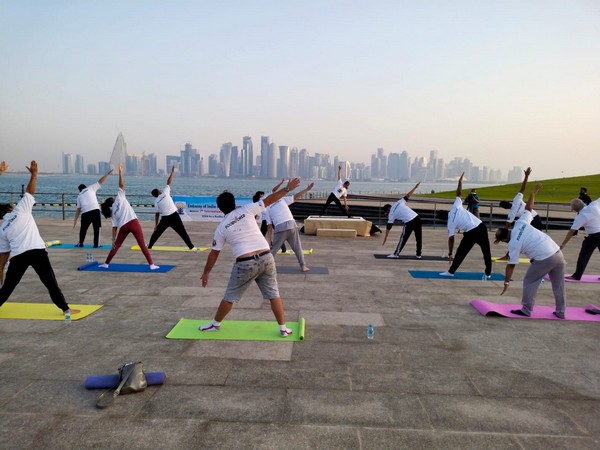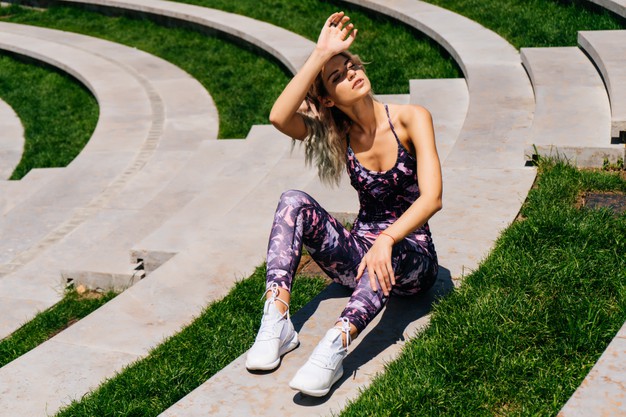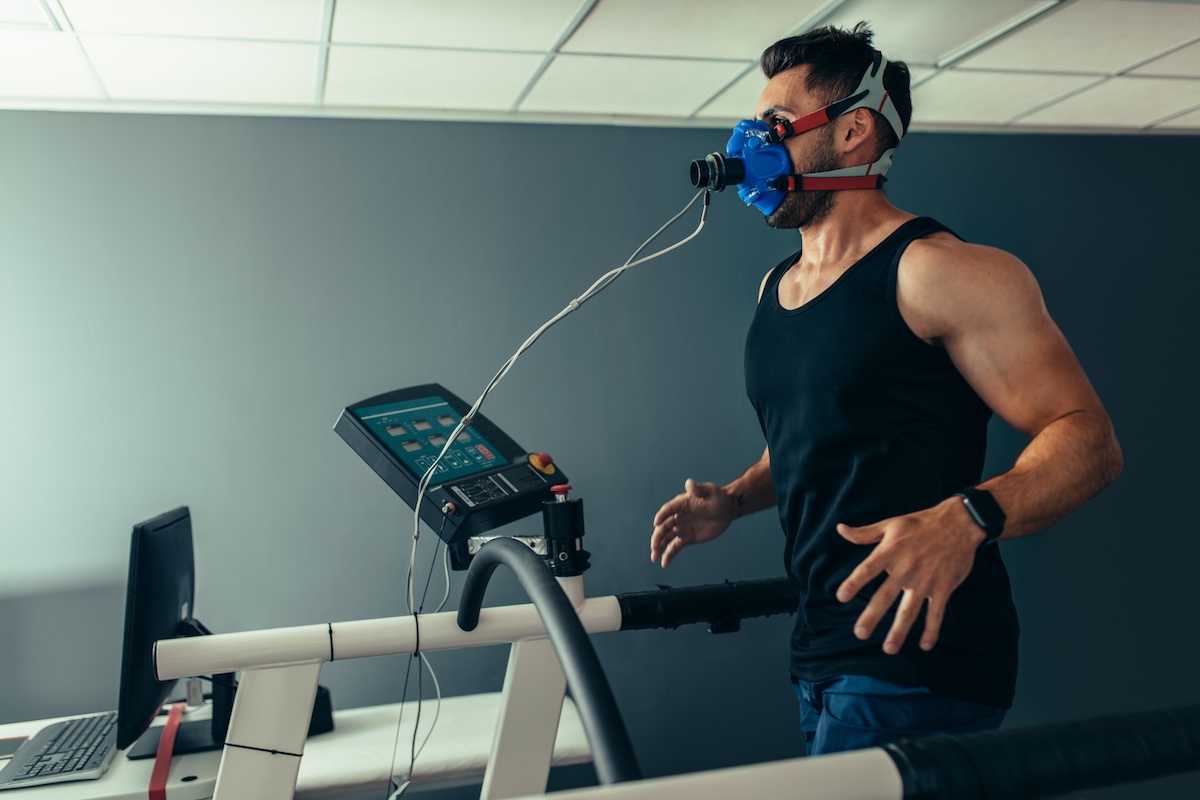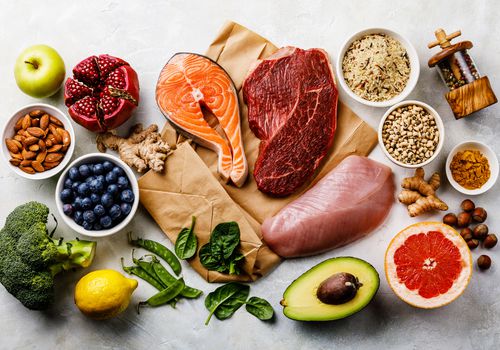
Whether you’re running, playing a pickup game of basketball or going for a power walk, take care when the temperature rises. If you exercise outdoors in hot weather, use these commonsense precautions to prevent heat-related illnesses.
How heat affects your body
Exercising in hot weather puts extra stress on your body. If you don’t take care when exercising in the heat, you risk serious illness. Both the exercise itself and the air temperature and humidity can increase your core body temperature.
To help cool itself, your body sends more blood to circulate through your skin. This leaves less blood for your muscles, which in turn increases your heart rate.
Heat-related illness
Under normal conditions, your skin, blood vessels and perspiration level adjust to the heat. But these natural cooling systems may fail if you’re exposed to high temperatures and humidity for too long. The result may be a heat-related illness. Heat illnesses include:
- Heat cramps. Heat cramps, sometimes called exercise-associated muscle cramps, are painful muscle contractions that can occur with exercise. Affected muscles may feel firm to the touch. You may feel muscle pain or spasms.
- Heat syncope and exercise-associated collapse is a feeling of light-headedness or fainting caused by high temperatures, often occurring after standing for a long period of time, or standing quickly after sitting for a long period of time.
- Heat exhaustion. With heat exhaustion, your body temperature rises as high as 104 F (40 C), and you may experience nausea, vomiting, weakness, headache, fainting, sweating and cold, clammy skin.
- Heatstroke. Heatstroke is a life-threatening emergency condition that occurs when your body temperature is greater than 104 F (40 C). Your skin may be dry from lack of sweat, or it may be moist.
Pay attention to warning signs
During hot-weather exercise, watch for signs and symptoms of heat-related illness. If you ignore these symptoms, your condition can worsen, resulting in a medical emergency. Signs and symptoms may include:
- Muscle cramps
- Nausea or vomiting
- Weakness
- Fatigue
- Headache
- Excessive sweating
- Dizziness or lightheadedness
- Irritability
- Low blood pressure
- Increased heart rate
- Visual problems
If you develop any of these symptoms, you must lower your body temperature and get hydrated right away. Stop exercising immediately and get out of the heat. If possible, have someone stay with you who can help monitor your condition.
In cases of heat exhaustion, remove extra clothing or sports equipment. Make sure you are around people who can help you and assist in your care. If possible, fan your body or wet down your body with cool water.
You may place cool, wet towels or ice packs on your neck, forehead and under your arms, spray yourself with water from a hose or shower, or sit in a tub filled with cold water. Drink fluids such as water or a sports drink. If you don’t feel better within about 20 minutes, seek emergency medical care.
How to avoid heat-related illnesses
When you exercise in hot weather, keep these precautions in mind:
- Watch the temperature. Pay attention to weather forecasts and heat alerts. Know what the temperature is expected to be for the duration of your planned outdoor activity.
- Get acclimated. If you’re used to exercising indoors or in cooler weather, take it easy at first when you exercise in the heat. As your body adapts to the heat over time, gradually increase the length and intensity of your workouts.
- Know your fitness level. If you’re unfit or new to exercise, be extra cautious when working out in the heat. Your body may have a lower tolerance to the heat. Reduce your exercise intensity and take frequent breaks.
- Drink plenty of fluids. Dehydration is a key factor in heat illness. Help your body sweat and cool down by staying well-hydrated with water. Don’t wait until you’re thirsty to drink fluids. Sports drinks can replace the sodium, chloride and potassium you lose through sweating.
- Dress appropriately. Lightweight, loose fitting clothing helps sweat evaporate and keeps you cooler. Avoid dark colors, which can absorb heat. If possible, wear a light-colored, wide-brimmed hat.
- Avoid midday sun. Exercise in the morning or evening, when it’s likely to be cooler outdoors. If possible, exercise in shady areas, or do a water workout in a pool.
- Wear sunscreen. A sunburn decreases your body’s ability to cool itself and increases the risk of skin cancer.
- Have a backup plan. If you’re concerned about the heat or humidity, stay indoors. Work out at the gym, walk laps inside the mall or climb stairs inside an air-conditioned building.
Source : Mayo Clinic






Leave A Comment
You must be logged in to post a comment.